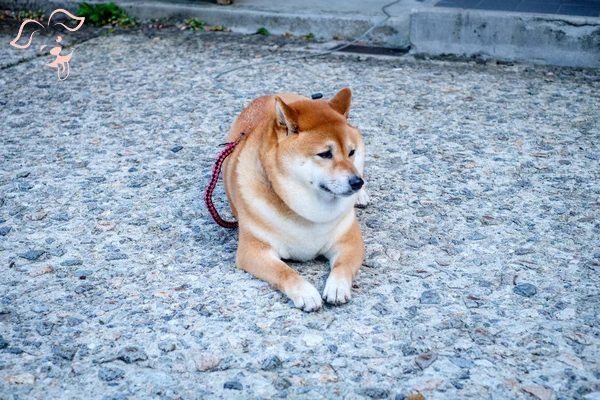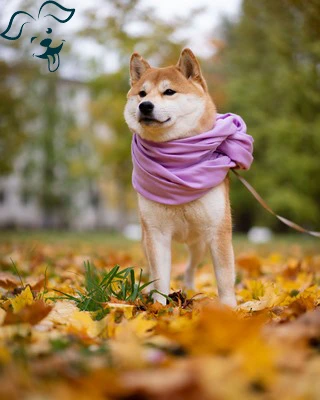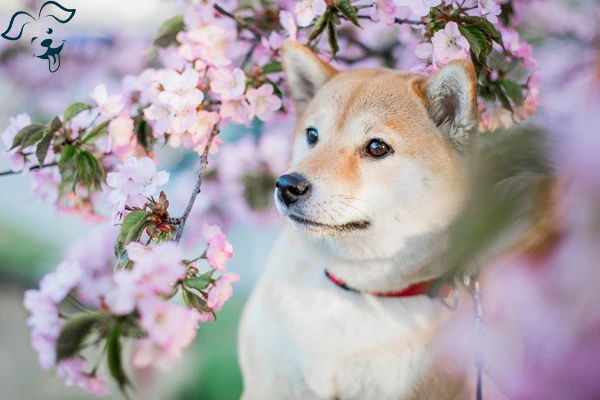CARING WITH FAMILY
|
| The warmth and affection a breed shows towards family members and familiar faces can vary widely. Some dog breeds are known for their selective attachment showing devotion primarily to their owner and remaining distant or indifferent to others. |
LOVE WITH CHILDREN
Unwise
Good With Children
|
| A breed's tolerance and patience with children, as well as its overall suitability for family life, can greatly vary. Even with breeds known for their gentle demeanor and forgiving nature with kids' antics, supervision is crucial when dogs are in the company of young children or children not accustomed to interacting with dogs. Safety and positive experiences come from careful oversight ensuring that interactions are respectful and gentle on both sides. |
BEHAVIOR WITH DOGS
Unwise
Good With Other Dogs
|
| The inherent sociability of a dog breed towards other canines can differ significantly. While introductions and interactions with other dogs should always be conducted under watchful supervision certain breeds exhibit a natural predisposition for camaraderie with their peers. These dogs may find it easier to integrate into a multi-dog household or engage positively with other dogs during walks and in dog parks. |
SHEDDING LEVELS & MANAGEMENT
No Shedding
Hair Everywhere
|
| The amount of fur a breed sheds can range widely with some dogs leaving little to no hair in their wake while others leave a noticeable trail of fluff behind them. Breeds that are heavy shedders usually demand a more hands-on grooming routine involving regular brushing to manage their loose hair and maintain a healthy coat. For individuals with allergies these prolific shedders might pose a greater risk of triggering allergic reactions. |
COAT GROOMING STANDARDS
|
| The grooming needs of a dog breed can span a broad spectrum from those requiring minimal maintenance to those necessitating frequent professional attention. Some breeds do well with infrequent baths and only occasional brushing while others may need regular bathing daily brushing, and professional trimming to keep their coats in good condition and prevent matting. |
DROOLING INTENSITY
Less Likely to Drool
Always Have a Towel
|
| The tendency of a breed to drool can vary significantly some dogs are known for their dry manners, while others have a reputation for being quite slobbery. For those who prefer a tidier pet experience choosing a breed with low drool potential is likely a better fit as some dogs can indeed leave generous amounts of drool akin to ropes of slobber on your skin, clothes and furniture. It's a factor worth considering if you place a high value on cleanliness and want to minimize the need for constant wiping and cleaning after your four-legged companion. |
COAT STYLES GUIDE |
| Double |
| COAT SPECTRUM |
| Short |
FRIENDLINESS
Reserved
Everyone Is My Best Friend
|
| The degree to which a dog breed is likely to embrace strangers can diverge considerably from one breed to another. Certain breeds may inherently exhibit reserve or caution around unfamiliar people regardless of the setting staying alert and watchful in the presence of newcomers. |
LIVELINESS
Only When You Want To Play
Non-Stop
|
| The playfulness of a dog breed can retain its puppy-like zeal well into adulthood depending on the breed's characteristics. There are breeds that maintain a high level of enthusiasm for games like tug-of-war or fetch throughout their lives eager to engage in active play at any moment. |
VIGILANCE INTENSITY
What's Mine Is Yours
Vigilant
|
| A breed's instinct to alert you about the presence of strangers can range from subdued to highly vigilant. Some breeds are naturally more inclined to notify you of anything they perceive as a potential threat, which could include anything from the mailman to a squirrel scampering outside. Such breeds usually possess a strong protective streak or a heightened sense of territory. |
ADAPTATION CAPACITY
Lives For Routine
Highly Adaptable
|
| A breed's adaptability to change encompasses its resilience in the face of alterations to living conditions, noise levels, weather, routines and other everyday variables. Some breeds are known for their go-with-the-flow nature, adjusting with relative ease to new situations and environments. These dogs typically cope well with a variety of life's ups and downs, making them suitable for families that might move frequently or have unpredictable schedules. |
OBEDIENCE LEVEL
Self-Willed
Eager to Please
|
| The ease of training a dog and its eagerness to learn new things are significantly influenced by the breed's characteristics although individual personality can also play a role. Some breeds are renowned for their desire to please their owners and their quickness in picking up new commands and skills. These dogs often excel in obedience training and are great candidates for advanced learning and dog sports. |
STAMINA LEVEL
|
| The exercise and mental stimulation requirements of a dog breed can greatly inform your lifestyle and daily routine. High-energy breeds typically demand significant amounts of physical activity every day. These dogs thrive on engaging in rigorous exercise like running, hiking or playing fetch. They may also enjoy and benefit from dog sports such as agility flyball or dock diving |
VOCALIZATION
|
| Medium |
LEARNING CURIOSITY LEVEL
Happy to Lounge
Needs a Job or Activity
|
| The level of mental engagement necessary to maintain a breed's joy and wellness cannot be overstated. Dogs bred for specific tasks thrive on tasks that challenge their decision-making and problem-solving skills, as well as their ability to focus. Deprived of such intellectual stimulation these canines are likely to take the initiative devising activities to occupy themselves often with outcomes that might not align with your preferences. |
| COLORS |
|
Description
|
Registration Code
|
|
Black & Tan
|
018
|
|
Cream
|
076
|
|
Red
|
140
|
|
Sesame
|
541
|
|
| PATTERNS |
|
Description
|
Registration Code
|
|
White Markings
|
014
|
|






























FRIENDLINESS
LIVELINESS
VIGILANCE INTENSITY
ADAPTATION CAPACITY